That soon-to-reenter Cosmos 482 is getting increased attention by satellite trackers – and new imagery provides some interesting details.
The former Soviet Union's Cosmos 482 was lofted back in 1972. But that country's attempted Venus probe ran amuck during its rocket-assisted toss to the cloud-veiled world. Payload leftovers were marooned in Earth orbit, specifically the spacecraft's lander module/capsule intended to parachute onto the hellish landscape of Venus.
"As this is a lander that was designed to survive passage through the Venus atmosphere, it is possible that it will survive reentry through the Earth atmosphere intact, and impact intact," reported Marco Langbroek of SatTrackCam Leiden, the Netherlands. "There are many uncertain factors in this though, including that this will be a long shallow reentry trajectory and the age of the object," observes Langbroek, who now pegs the current nominal forecast for its reentry on May 10, plus/minus 3.1 days.
Compact ball
Meanwhile, satellite tracker Ralf Vandebergh of the Netherlands, has snagged a first set of images of only the capsule in Earth orbit. "We see a clear compact ball! This set is already fantastic, I think," he said.
Those first set of high resolution images, Vandebergh said, are compared to a Starlink satellite bus in operational orbit. He notes that Cosmos 482 is roughly 80 miles (130 kilometers) closer than the Starlink bus which, according to data, is around 1.3 meters by 2.7 meters.
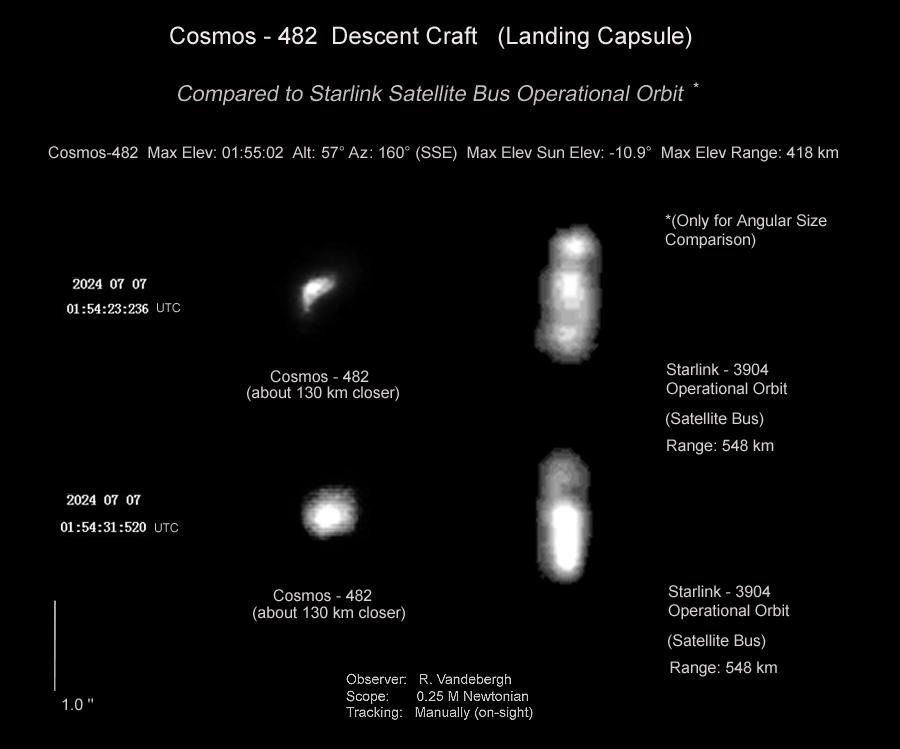
Parachute speculation
Vandebergh said he is stunned by what he is seeing on collected imagery frames.
"Several frames seems to confirm what I thought to see in the 2014 images, [that] there is a compact ball but several frames show a weak elongated structure at one particular side of the ball," Vandebergh added. He has speculated in the past it was possible that this might be the parachute that came out.
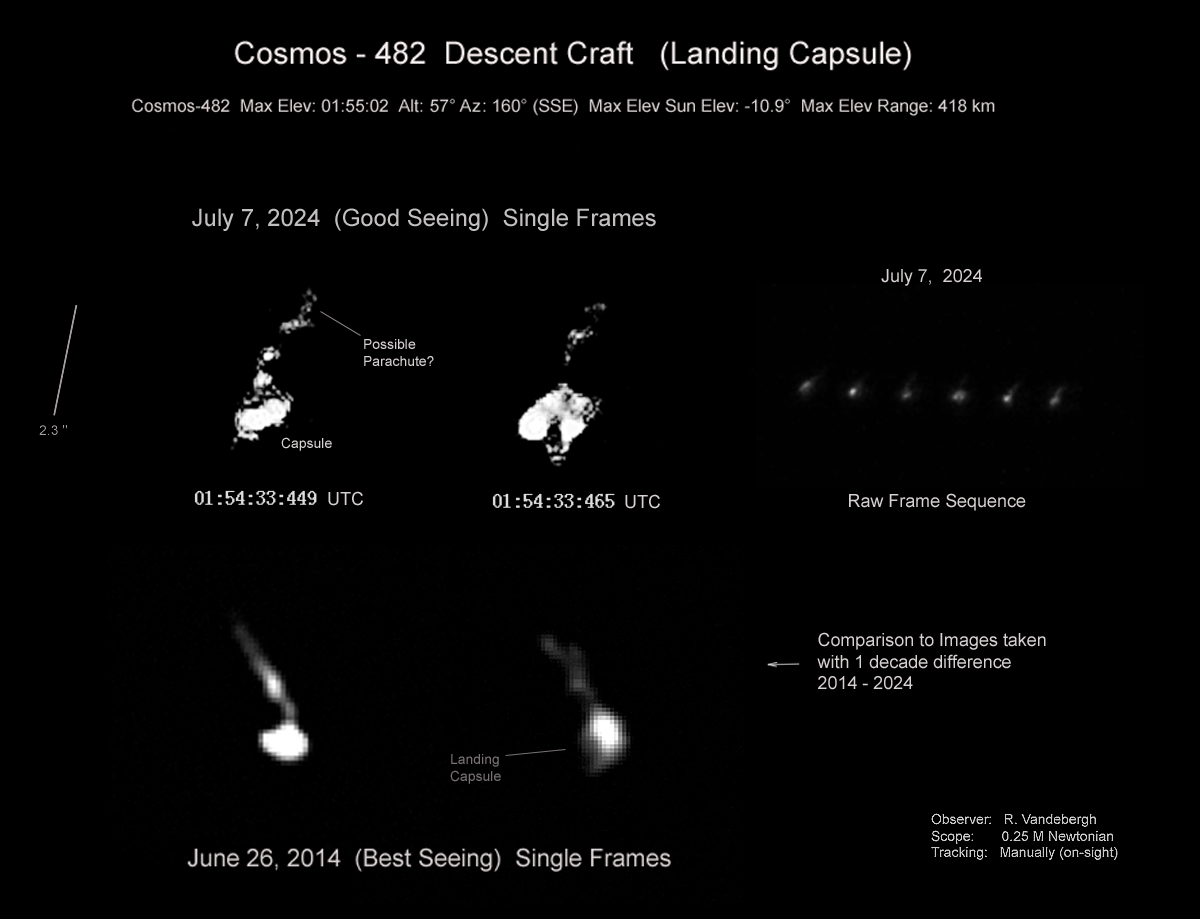
"It is not impossible that the object is tumbling," Vandebergh notes, "so the chute would be sometimes visible," assuming that it is the chute. He cautioned that more time is needed to better analyze what’s showing up in the imagery.
That best analysis of the imagery is a work in progress, Vandebergh concluded, so stay tuned!
.png)
 German (DE)
German (DE)  English (US)
English (US)  Spanish (ES)
Spanish (ES)  French (FR)
French (FR)  Hindi (IN)
Hindi (IN)  Italian (IT)
Italian (IT)  Russian (RU)
Russian (RU) 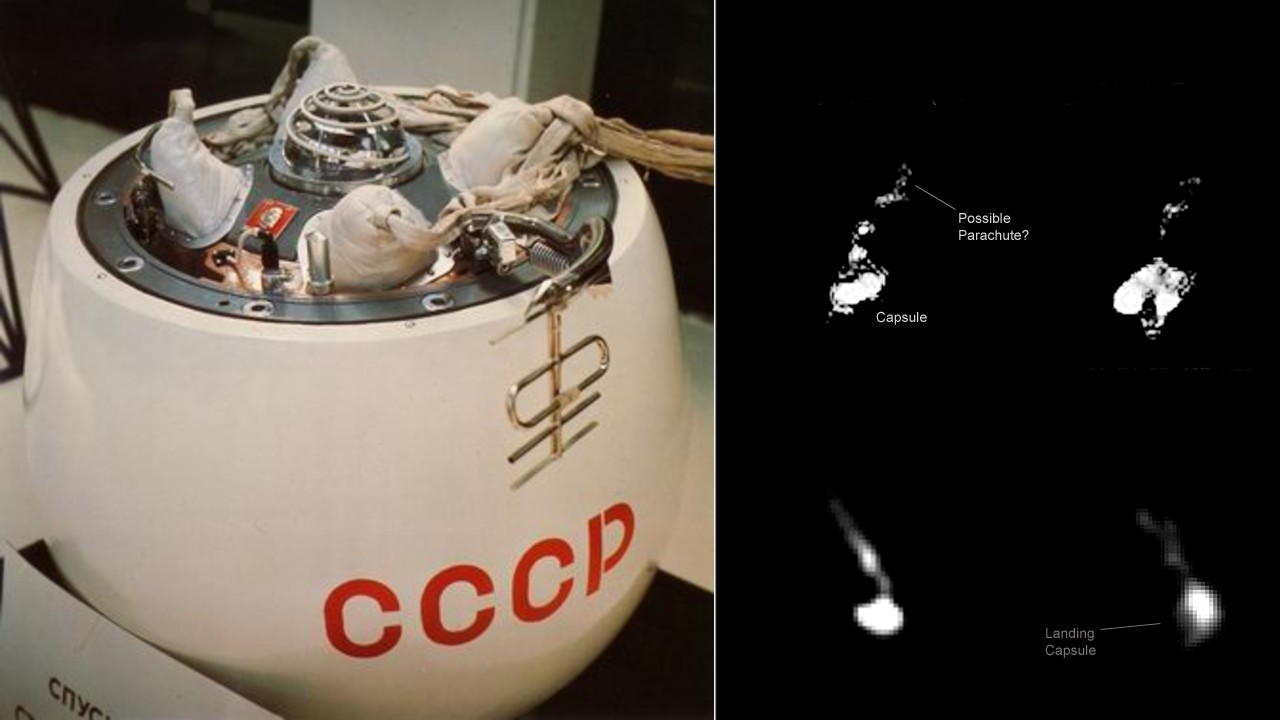

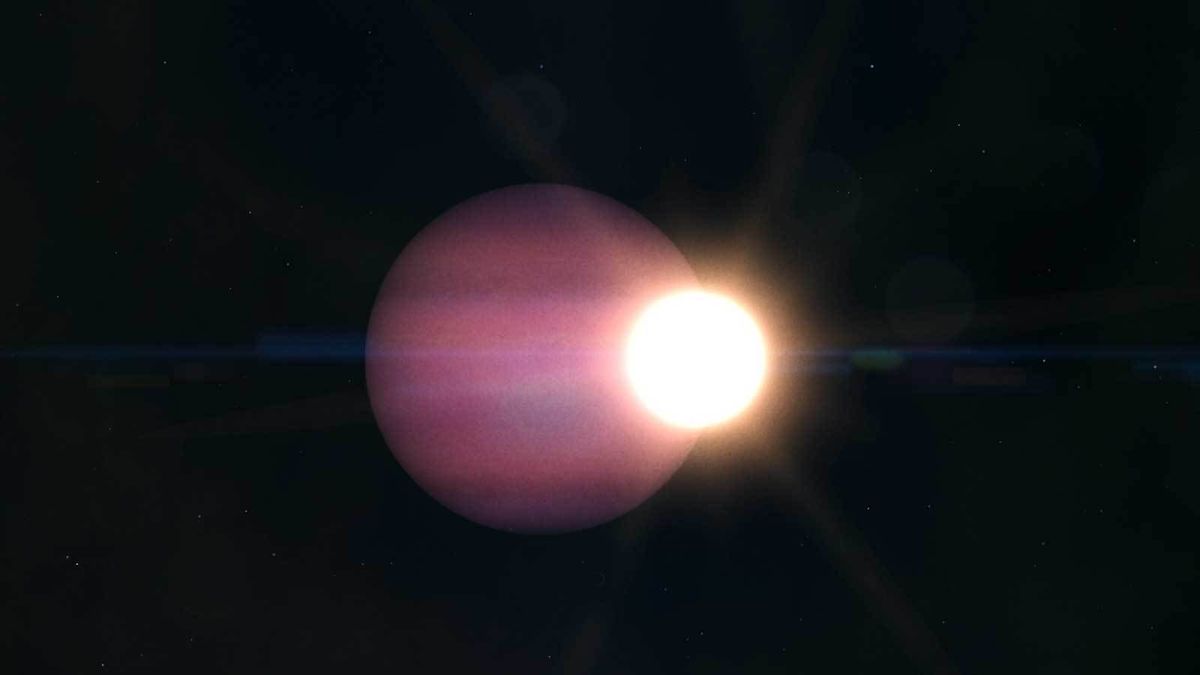
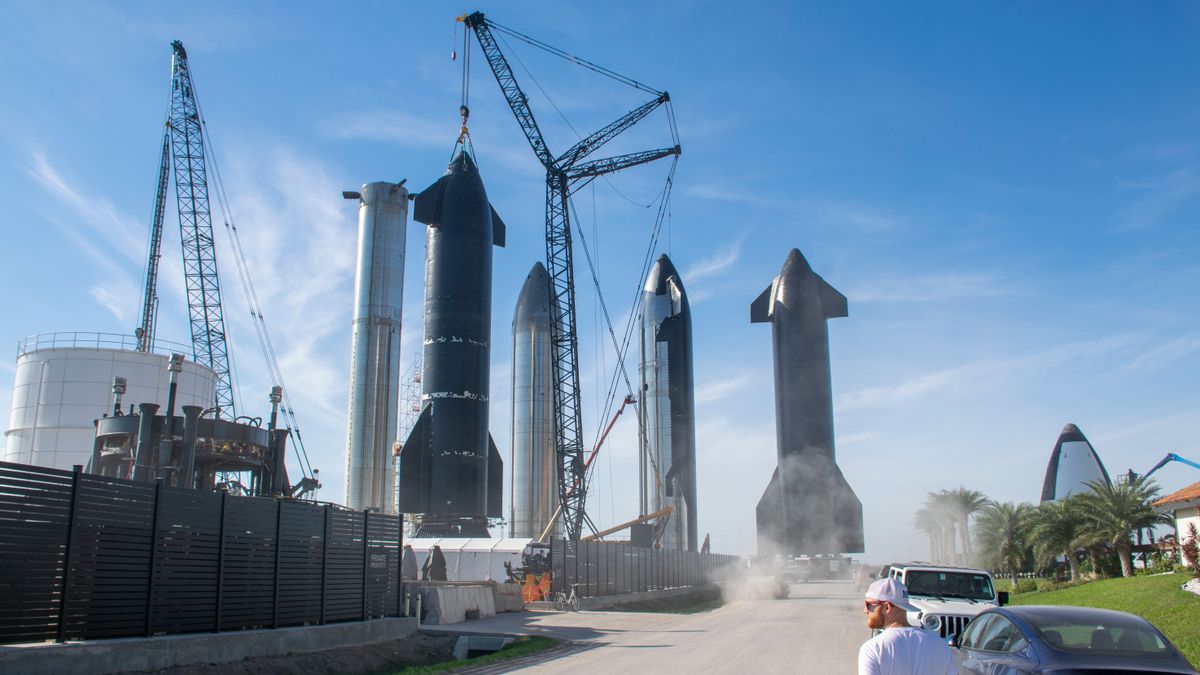
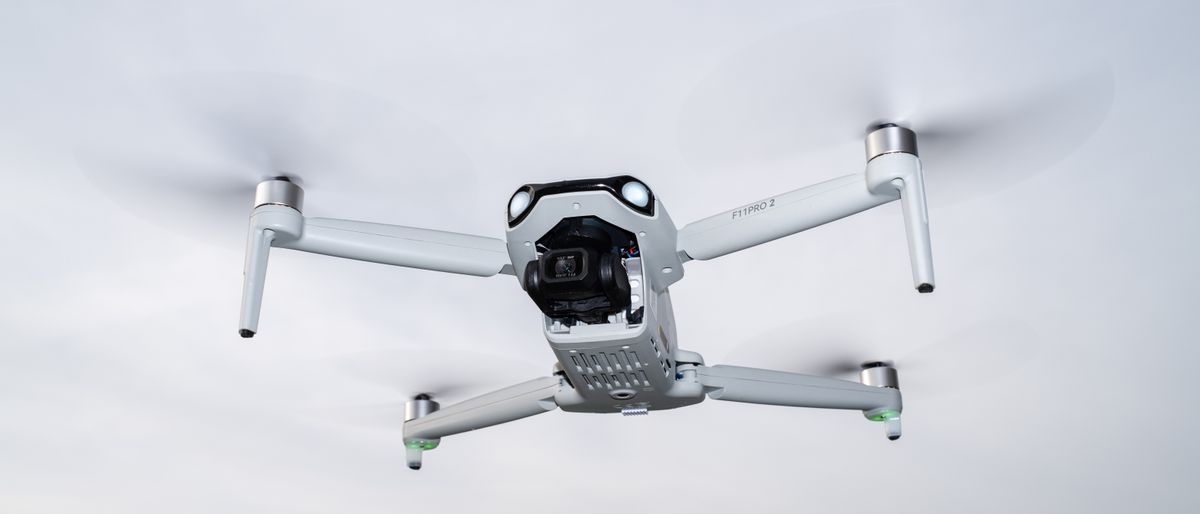





Comments